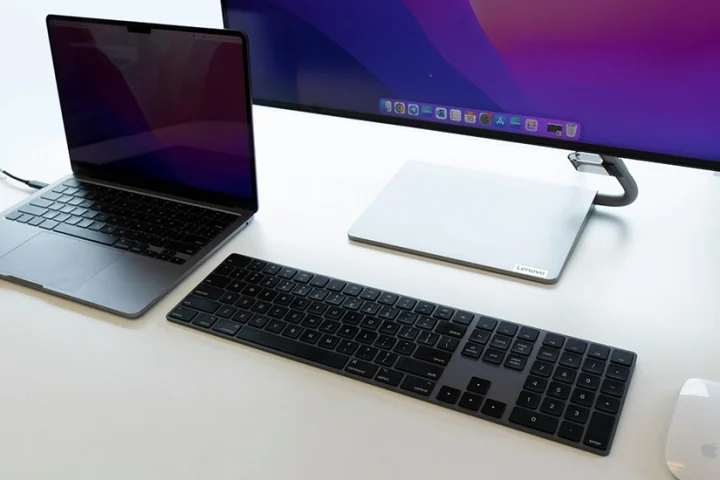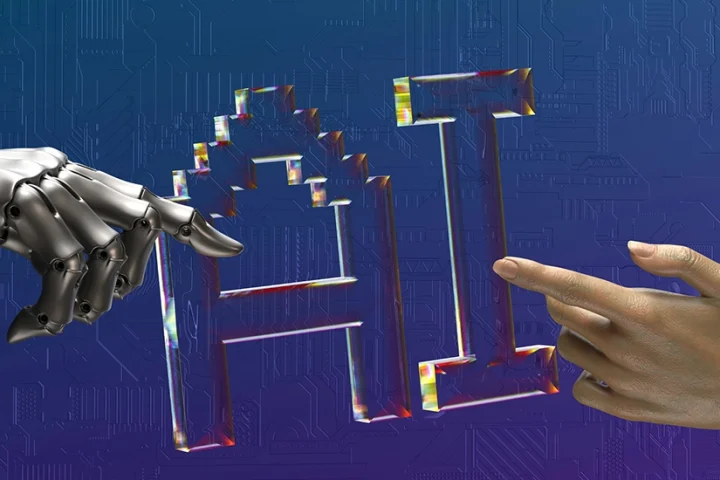Product managers can improve product life cycle management by scanning the horizon to spot truly disruptive technologies. However, there is a big difference between scanning the horizon using a mystical crystal ball and using a radar system.
One portends to show you a specific future with no evidence base behind it, while the other uses a scientific approach to provide a rougher, yet more useful, picture of what objects exist in your sphere of visibility so you can plan, decide and act.
Product managers need to be data-driven in their horizon scanning to separate fads from true disruptions. Adopting a data-driven approach helps to identify potential new products or feature additions that are needed to deliver the innovations vital for future product and business success.
Technology product managers must distinguish between short-term fads, which are a distraction, and disruptive technologies that can be leveraged for competitive advantage while reducing risk. A disruption is a technology adopted by a market, often surrounded by a lot of hype, which results in rapid adoption by the mass market, cannibalising traditional sales and creating a whole new market.
The farther into the future we look, the weaker the signals about potential disruptions become. By systematically looking to previous technology fads or disruptions in the industry, it may be possible to identify markers to assess the potential disruptive impact of a new technology.
Ask and answer six key questions to spot relevant disruptive technologies.
- What might the new technology disrupt within my business or market?
- When will the impact of this disrupting technology be felt?
- What fundamental change does this new technology create or drive?
- Does the technology reduce my total addressable market?
- Is the technology more cost-effective to deliver?
- Is the technology easier to plan-build-run?
This assessment can help inform the product roadmap, research, organisational planning and other forward-looking activities.
Scan the technology horizon to become better at seeing disruptions as they emerge, and differentiate them from fads and technology that will add new product features. The aim of horizon scanning is not to predict what will happen, but to gather signals of change that, when taken together, provide insights into the future development of a product’s life cycle.
Key takeaways
- Aim of horizon scanning is to gather signals of change that provide insights into the product’s life cycle.
- Farther into the future we look, weaker the signals about potential disruptions.
- Product managers must distinguish between short-term fads and disruptive technologies that can be leveraged for competitive advantage.
- Product managers need to be data-driven in horizon scanning to separate fads from true disruptions.
- A disruption results in rapid adoption by mass market cannibalising traditional sales and creating a whole new market.
Regularly scanning the technology horizon can help separate fads from real market disruptions explains Jonathan Davenport at Gartner.

























